There are some situations where there isn’t enough room on the wing’s trailing edge to split the functions cleanly between an inboard flap and an outboard aileron. Sometimes the need for high lift makes it necessary to use so much of the trailing edge as a flap that there is not enough room left for dedicated ailerons. It is also sometimes simpler to combine the functions of flaps and ailerons into a single set of aerodynamic surfaces. There are several options available to resolve this competition for trailing-edge space and get the combination of high lift and roll control that the airplane needs.
Drooping Ailerons
The first option is drooping the ailerons symmetrically to make them act as plain flaps and increase lift. In this setup, the inner portion of the wing carries a conventional high-lift flap and the outer portion carries a traditional aileron.
At moderate flap deflections the aileron’s neutral position is in trail and they deflect differentially for roll control. At higher flap deflections, the ailerons deflect symmetrically downwards to increase maximum lift. In this configuration the ailerons act like moderately deflected plane flaps while still retaining their differential deflection capability to provide roll control.
Drooping ailerons are frequently used on STOL airplanes and are a feature of some STOL retrofit systems for conventional aircraft. Some airliners also use a modest amount of aileron droop to augment high lift.
Drooping ailerons are effective at increasing maximum lift up to a point, but they cannot be deflected down symmetrically as far as a dedicated flap because they must retain some differential deflection capability in order to provide roll control.
The lift induced by a plain flap varies linearly up to about 30° deflection. Beyond that, the lift increment per degree of additional flap deflection decreases significantly. This phenomenon limits the useful symmetric droop of a set of ailerons to about 15° so there is enough of the linear range available to the down-going aileron for a roll command.
This is less of a disadvantage than it might initially appear because the outer portion of the wing near the tip is naturally more lightly loaded than the inner portion. It can only be worked so hard without inducing a tip stall, and drooping the ailerons can still produce a useful lift increase.
A bigger concern with drooped ailerons is adverse yaw. If the ailerons are drooped symmetrically, when the pilot applies roll input to the stick, one aileron moves upward toward neutral and the other aileron deflects further down.
When the pilot attempts to command a large roll rate, this can lead to a situation where one aileron is deflected fully down and the other one is neutral to slightly up. The drag on the wing with the down- deflected aileron goes up, and the near-neutral aileron on the other side puts that wing in a clean, low-drag configuration.
This asymmetry generates a yawing moment in the direction of the wing with the down-deflected aileron. Since this is the up-going wing, the airplane will tend to roll in the direction of the commanded stick deflection and yaw the opposite way. It will take a good bit of rudder deflection to oppose this adverse yaw, and that makes it difficult to coordinate rolling maneuvers or turns.

Flaperons
Another approach is to combine the function of the aileron and the flap into a single full-span surface on each wing. These can deflect downward symmetrically to provide high lift and deflect differentially to control roll.
Such a surface is called a flaperon. It is essentially a full-span droopable aileron. Flaperons are used on the Zenith STOL airplanes and the RV-12 LSA.
A flaperon system is somewhat simpler than a flap plus drooping aileron system, but it has similar issues with adverse yaw. Because of the need for both roll and high lift from the same set of surfaces, the flaperon symmetric deflection is limited by the need to retain some capability for roll control.
Unlike a flap plus drooping aileron system, which allows the inboard dedicated flap to be deflected fully down for lift, the maximum symmetric deflection of the full-span flaperon is limited by the need to retain some deflection capability in both directions for roll control. This not only limits the maximum lift increment available from the system, but also means that the flaperons can’t be deflected down enough to add much drag to steepen the slope of a landing approach.
Accordingly, if the airplane needs a large drag increment from its high-lift system to be able to fly a steep enough approach, then a flaperon system is probably not a good design choice.
The maximum lift capability of an airplane using full-span flaperons will tend to be less than that of an airplane using flaps plus drooping ailerons, but the flaperon system has the advantage of combining all the functions onto a single pair of control surfaces.
Flaperons can also give an advantage if they are used to adjust the camber of the wing in flight. Some airplanes use a moderate amount of flap droop or reflex to adjust the camber of the wing to the flight conditions. This is common on sailplanes. Flaperons can incorporate this function straightforwardly and are a good choice for an airplane that uses this camber-changing concept to optimize the wing to varying flight conditions.
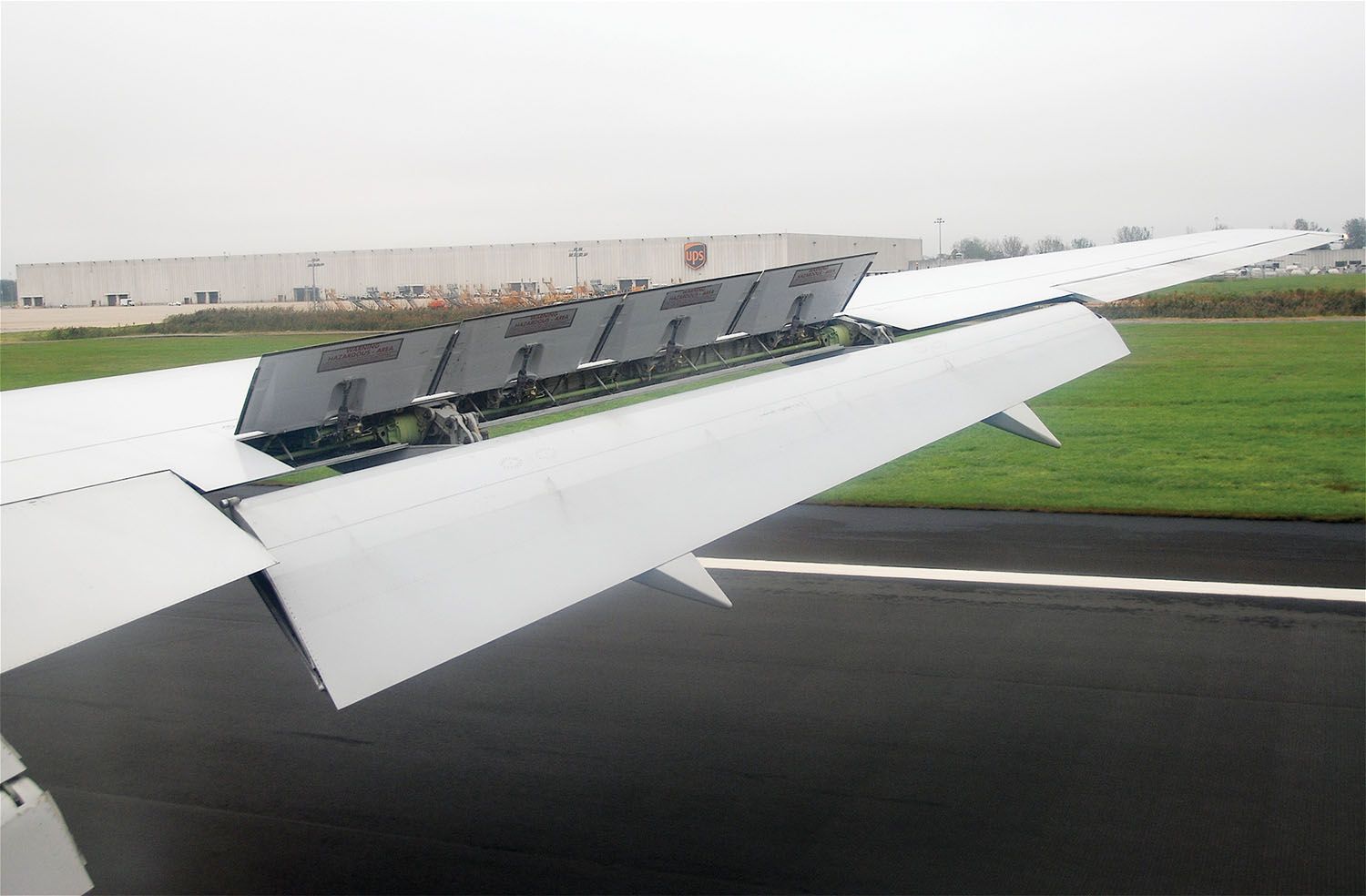
Spoilers
Sometimes the demand for high-lift performance is so high that it’s necessary to use full-span flaps that can deflect fully for maximum lift. In this situation, there is not enough room left on the trailing edge for ailerons, and the flaps cannot do double-duty for roll control. To provide roll control the airplane must have a roll-control device that is not mounted on the wing trailing edge.
Spoilers mounted outboard on the wing and upstream of the trailing edge can provide roll control by reducing lift on the wing where a spoiler is deployed. A pure spoiler roll-control system can work, but there are several issues that must be addressed. The first of these is lag.
When a spoiler is opened, the first few degrees of deflection do not change the lift of the wing very much. Even when the spoiler is rapidly opened further to get it out of this dead band, it takes a little time for the flow separation downstream of the spoiler to develop and affect the lift of the wing.
There are several design approaches that can alleviate this lag, including venting below the spoiler so air can flow in behind the opened spoiler faster, and moving the spoiler as far aft on the wing as possible so that opening it changes the camber of the wing like an inverted split flap would do.
A second issue with spoilers is that they are very poor at providing roll trim. If the airplane is out of trim in roll (as, for example, it would be if loaded asymmetrically), the roll control system must provide a steady-state rolling moment to trim the airplane. Ailerons are good at this, since a very small aileron deflection is usually sufficient, and the drag it produces is accordingly very small.
To trim an airplane in roll with spoilers, we need to fly with one spoiler partially deployed all the time. This generates significantly more drag than an aileron providing the same rolling moment would and is a situation we want to avoid. One way to solve this is to add very small ailerons to help the spoilers. Many airplanes with spoilers as their primary roll control have these small “feeler” ailerons. They are too small to do the majority of the roll-control task, but they help alleviate the issues of dead band and roll trim.










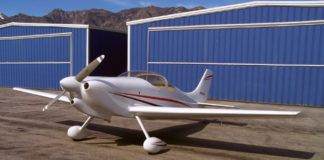
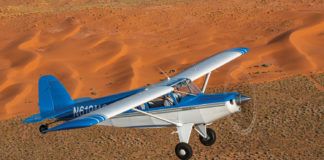
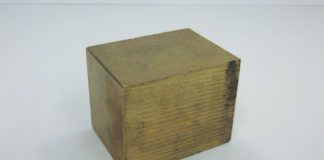
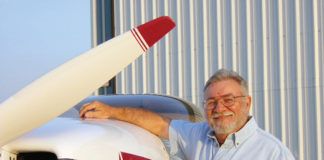
I wondered whether only raising the ailerons and not lowering them would alleviate the limits imposed on drooping ailerons and flaperons in roll effectiveness in high lift configurations?
How effective would ailerons that only reduced lift on one side be (given adequate size)?
It seems to me that this would allow flaperons to be very effective.
I remain mystified about the paradox of Flaperonseven after attempting to understand BW’s article. Having learned to fly in 1965-vintage Cherokee 180’s in 1978-79, I fail to understand how I would be able to cross the controls of a Flaperon-equipped plane given that Flaperons appear to be a compromise in which they function as Flaps or Ailerons…but not both simultaneously as Ailerons Separate from Flaps allowed me to do in the Hershey Almond Bar winged Cherokees.
Flaperons do function as both simultaneously. Even when drooped with the flaps, they maintain the ability to be deflected up and down from their present position for roll control.
My question is about limiting the amount of lift increasing effort of the ailerons and using only the lift reducing effect. This would eliminate adverse yaw and prevent the ailerons from hitting the maximum lift limit when deflected down with the flaps.